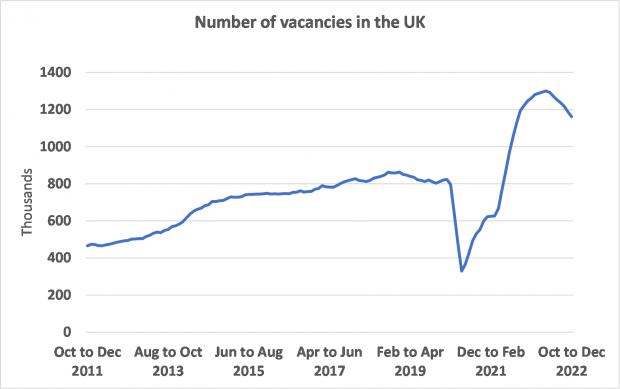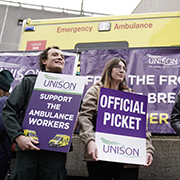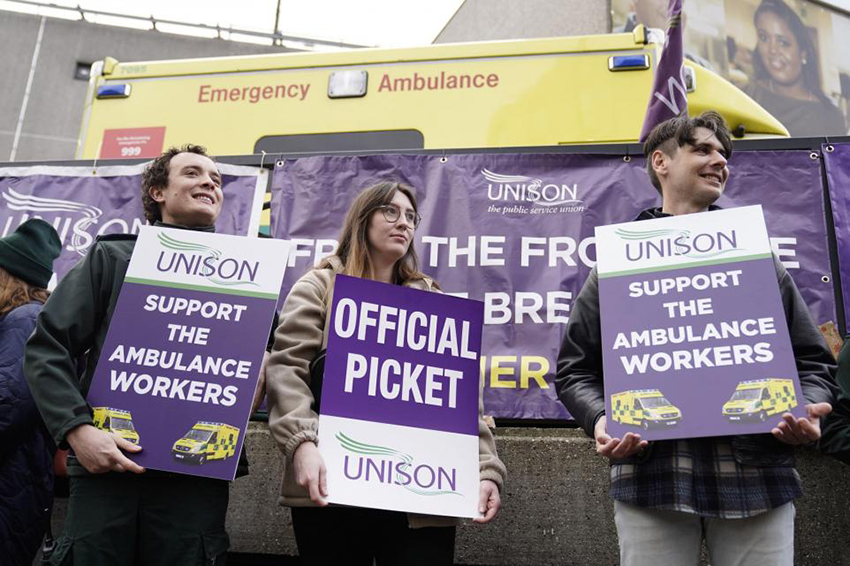
Speaking in yesterday’s Herald, Gavin Mochan, Managing Director of s1jobs, notes that although Scotland’s economy took a hit in December, the stresses on the UK’s labour market could finally be letting up.
The latest data shows that the number of permanent staff appointments fell for the third month in a row, along with a decrease in billings received from the employment of short-term staff. This came amid reduced market confidence stemming from the cost-of-living crisis, which weighed on businesses’ ability to bring on new staff.
Despite the increasingly difficult economic backdrop, yesterday’s employment figures show that the labour market remained relatively steady in November. Unemployment in Scotland was unchanged at 3.3%, below the UK rate of 3.7%, while employment levels edged 0.3% higher from the previous quarter to 76.1%.
That said, there are some early signs that the UK’s extremely tight labour market could be easing. The number of job vacancies advertised fell by 75,000 on the previous quarter to mark a sixth consecutive decline as the financial landscape turned increasingly uncertain.
While input price inflation slowed somewhat, cost pressures continue to have a knock-on effect on prices consumers pay at the tills. The accommodation and food services sector was most affected as many businesses reported a decline in turnover between October and November.
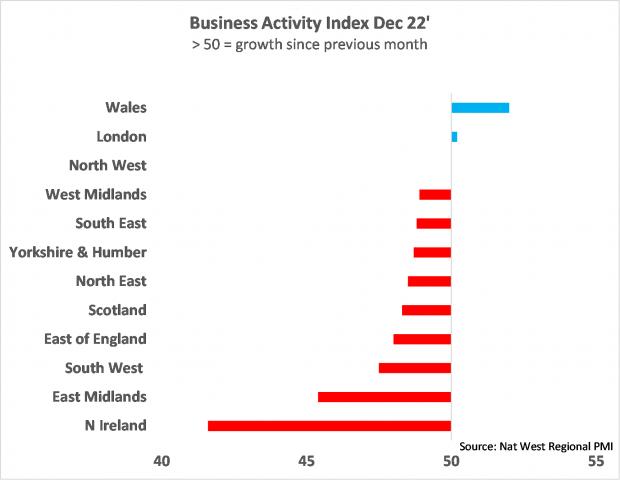
The fight against real-term pay cuts led to the loss of 467,000 working days in November to labour disputes, the highest since November 2011. Businesses in Scotland and across the UK are also facing other challenges that will likely mitigate the impact of what is expected to be an increase in unemployment in the coming months.
While vacancies have fallen, the number of unfilled jobs in the UK remains at historically high levels. Firms are becoming more guarded and selective with their hiring decisions, but competition remains acute for suitable candidates as the number of those available in Scotland to fill permanent positions fell in December for the 23rd month in a row. Temporary candidate numbers fell for the 22nd consecutive month.
The number of people in the UK who are economically inactive – neither in employment nor looking for a job – is no longer increasing. Yet while inactivity fell by 55,000 from the previous quarter, the proportion of people in this category remains near recent highs at 21.5%.
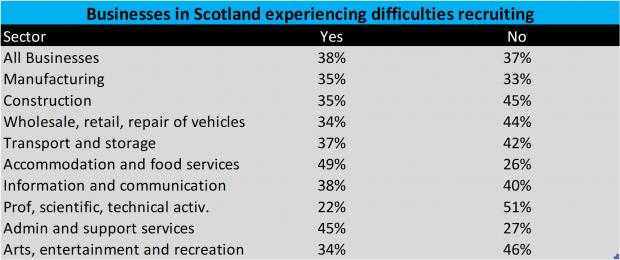
The upward trend in long-term sickness appears to have tentatively reversed, but the outlook on this front is uncertain given that the increase in illness will be amplified by long waiting lists for treatments and delays in urgent care.
With inactivity and strike action adding to the labour shortages triggered by Brexit, an economic rebound will prove difficult without getting more people back into the workforce.
